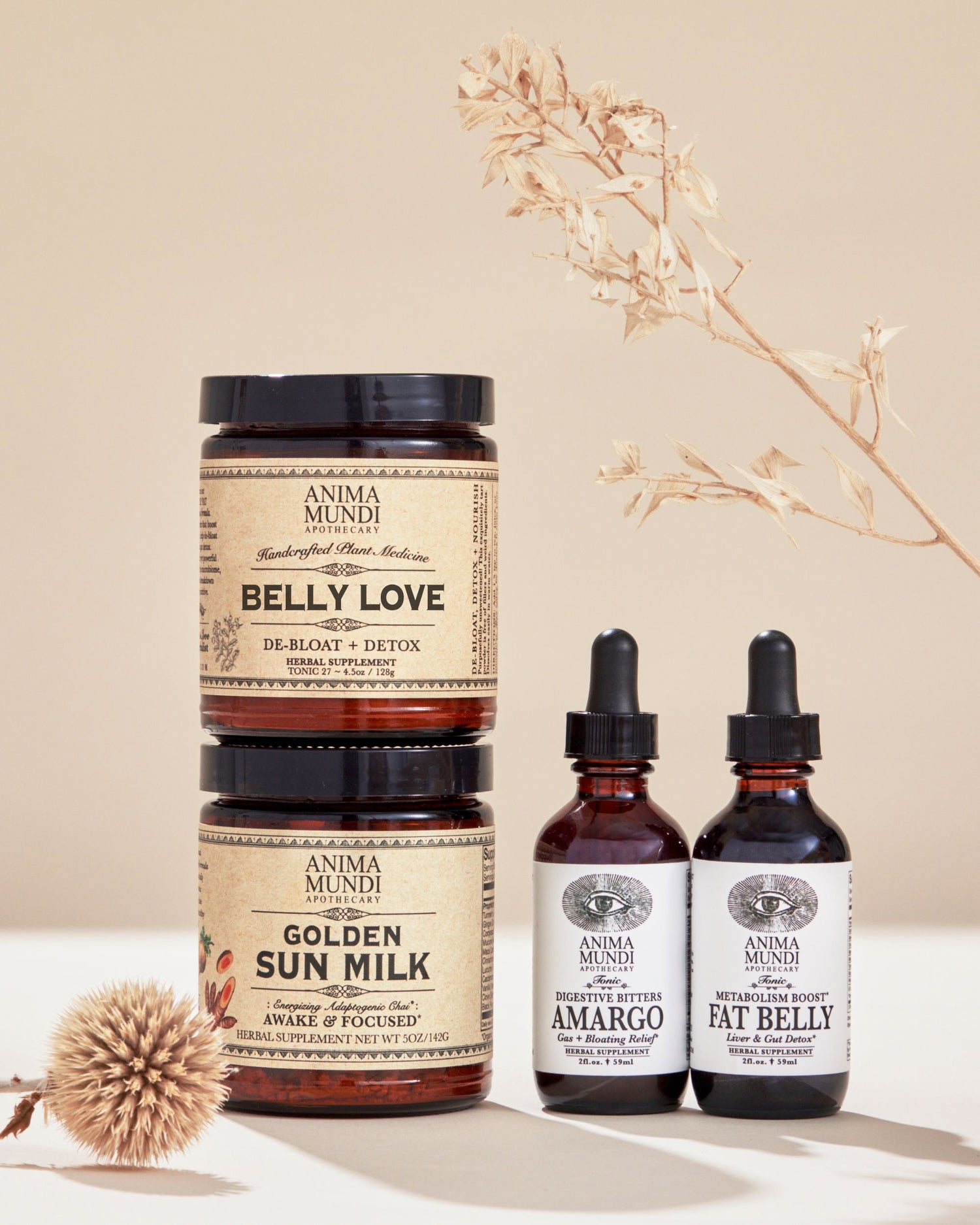Happiness isn’t the only emotion that can help you stay healthy as you age. Feeling excited, amused, proud, euphoric, strong, cheerful you feel on a regular basis matters, too. First-of-its-kind studies are being revealed over the years demonstrating that experiencing a broad spectrum of different positive emotions on a day-to-day basis actually signals lower systemic inflammation. Meaning, that allowing all kinds of euphoric, inspired, happy and relaxed feelings actually contribute to lowering inflammation. This study reveals that the simple acknowledgement of positivity “is related to lower biomarkers of systemic inflammation— which reduces the risk of chronic disease and premature death.” (R)
Previous research has identified many correlations between negative emotions and inflammation, but researchers believe this is the first study of many to come, to identify that people who experience a diversity of 16 different positive emotions, appear to have lower levels of systemic inflammation. This could be for many reasons, for example, a regular state of joy or happiness is known to produce dopamine, melatonin and serotonin, including its precursor tryptophan. These can all be called "the neurochemicals of happiness", as the secretion of these chemicals is what enables the neural pathway to experience happiness, positivity and mental-emotional wellbeing.
“Notably, researchers found that experiencing a limited diversity of positive emotions did not down regulate inflammation. Therefore, they coined the term “emodiversity” to emphasize the vitality of promoting various positive emotions on a daily basis." (R)
 . . . .
. . . .
16 positive emotions
. . . .
You might be asking yourself, what are the 16 different positive emotions?! There’s a lot more to just “happiness” and “joy”; there are many more positive emotions that can trigger the anti-inflammatory response. Some are: being active, alert, amused, at ease, attentive, calm, cheerful, determined, enthusiastic, excited, happy, inspired, interested, proud, relaxed, and strong.
In a study to determine emotional diversity, researchers enlisted 175 participants to self-report their experience of the 16 different positive emotions at the end of each day. They also had the participants rate their experience of 16 negative emotions which included feeling afraid, ashamed, blue, distressed, drowsy, guilty, hostile, irritable, jittery, nervous, sad, scared, sleepy, sluggish, tired, and upset. The degree that someone had experienced any of the 32 positive or negative day-to-day emotions was rated on a scale of "not at all" to 1 (very slightly) up to 5 (extremely). Emodiversity was measured over a 30-day period and categorized by the number of times and degree to which each emotion was experienced.
After the experiment was completed, blood samples were taken and tested for three biomarkers of inflammation: IL-6, CRP, and fibrinogen. Researchers concluded that greater diversity of day-to-day positive emotions was correlated with significantly lower systemic inflammation. As for the negative emotions, it was evident that stress and inflammation greatly increased.
Anthony Ong, professor of Human Development and Gerontology at Cornell University says, "There is growing evidence that inflammatory responses may help explain how certain emotions get under the skin, so to speak, and contribute to disease susceptibility. Our findings suggest that having a rich, spontaneous, and diverse positive emotional life may benefit health by lower circulating levels of inflammation.” (R)
A somewhat recent systematic analysis of over a decade's worth of mind-body interventions (MBIs) found that practices such as yoga and meditation reduce pro-inflammatory cytokines (in other words, they become like anti-cancerous practices!) and down-regulate inflammation-related genes. This analysis was published several years ago in the journal, Frontiers in Immunology. The systematic review of 18 different MBI studies by researchers at Coventry University concluded that mind-body practices such as mindfulness, meditation, yoga, and tai-chi all appear to have the similar effect of reversing the molecular signature caused by chronic stress and the expression of pro-inflammatory genes.

. . . .
Emotions as a Map
to Yourself
. . . .
Think for a moment, which emotions or situations trigger you the most? Emotions signal key location as to where inflammation lies within the body. Happiness and love sparks chemistry across the entire body, while depression has the opposite effect, it tends to dampen feelings in the body, generate rigidity, lock the legs and head, and essentially withholding circulation. Danger and fear, for example, triggers strong sensations in the chest area, while anger was one of the few emotions that activated particularly the arms.

. . .
A Happiness Mocktail
. . . .
8oz Ginger kombucha (your favorite brand or make your own)
1tsp Happiness Tonic (increase if needed)
2 oz Strawberry Hibiscus infusion (or sub for your favorite fresh juice)
Garnish of choice.
Directions: Pour your chilled kombucha in your cocktail glass, add 2oz of steeped hibiscus strawberry tea, or sub for your favorite fruit fresh juice of choice. Add 1tsp (or more) of Happiness Tonic, mix and top with your garnish of choice. Drink immediately and enjoy!

. . .
Join our plant-based newsletter to be the first to receive our specials!
















